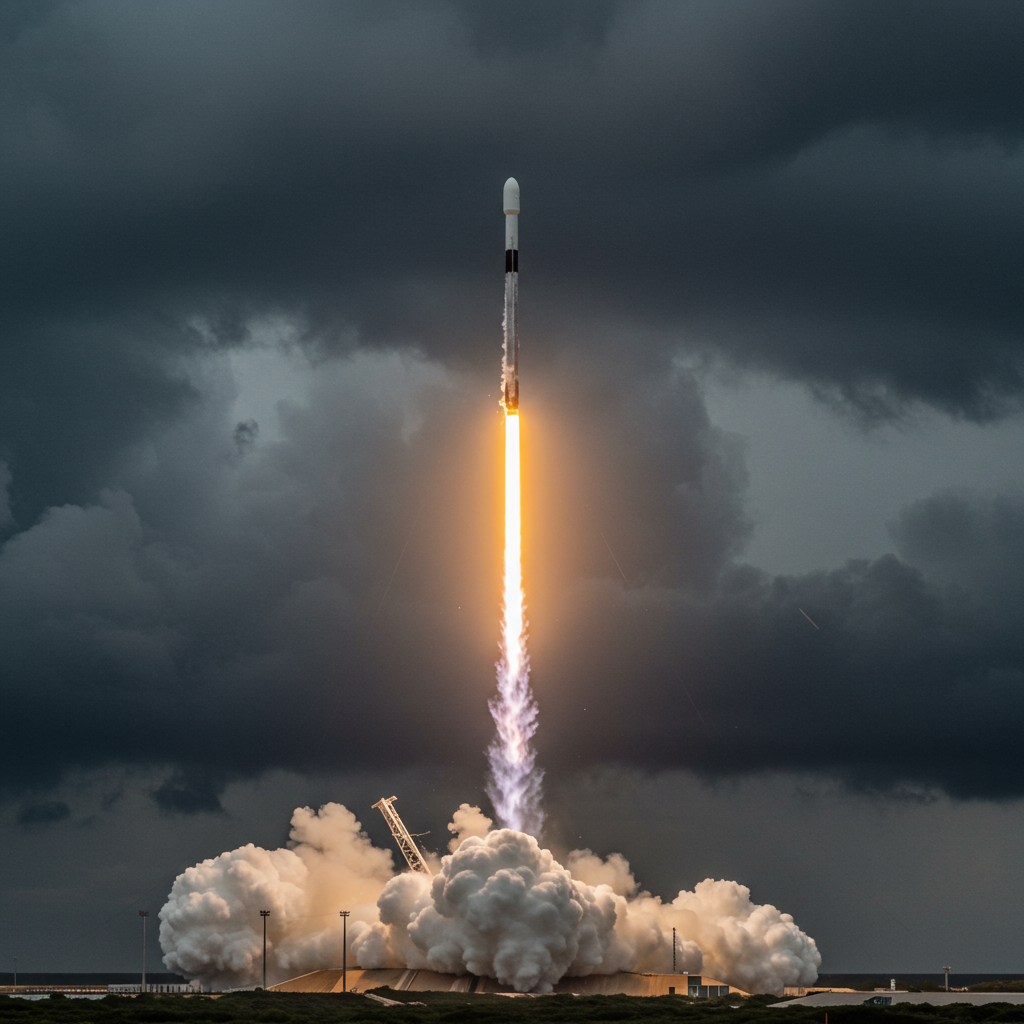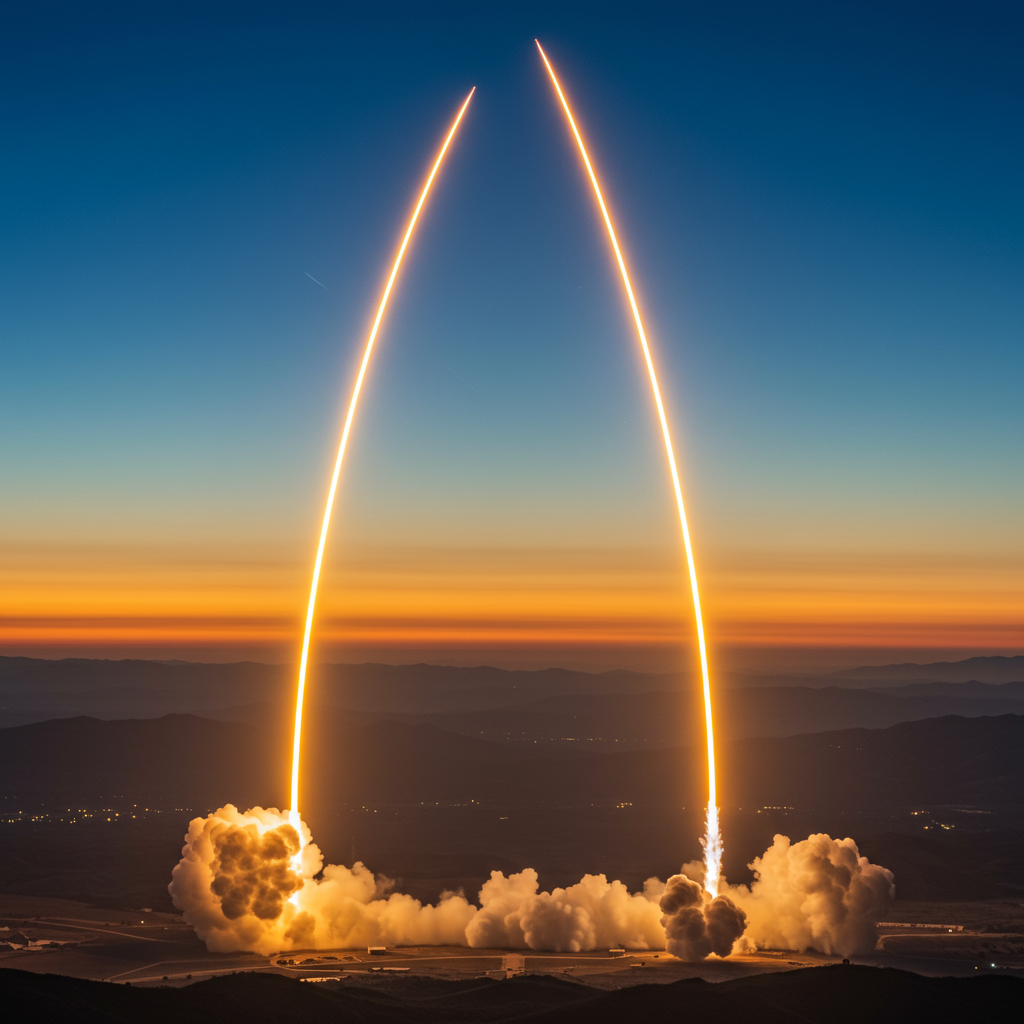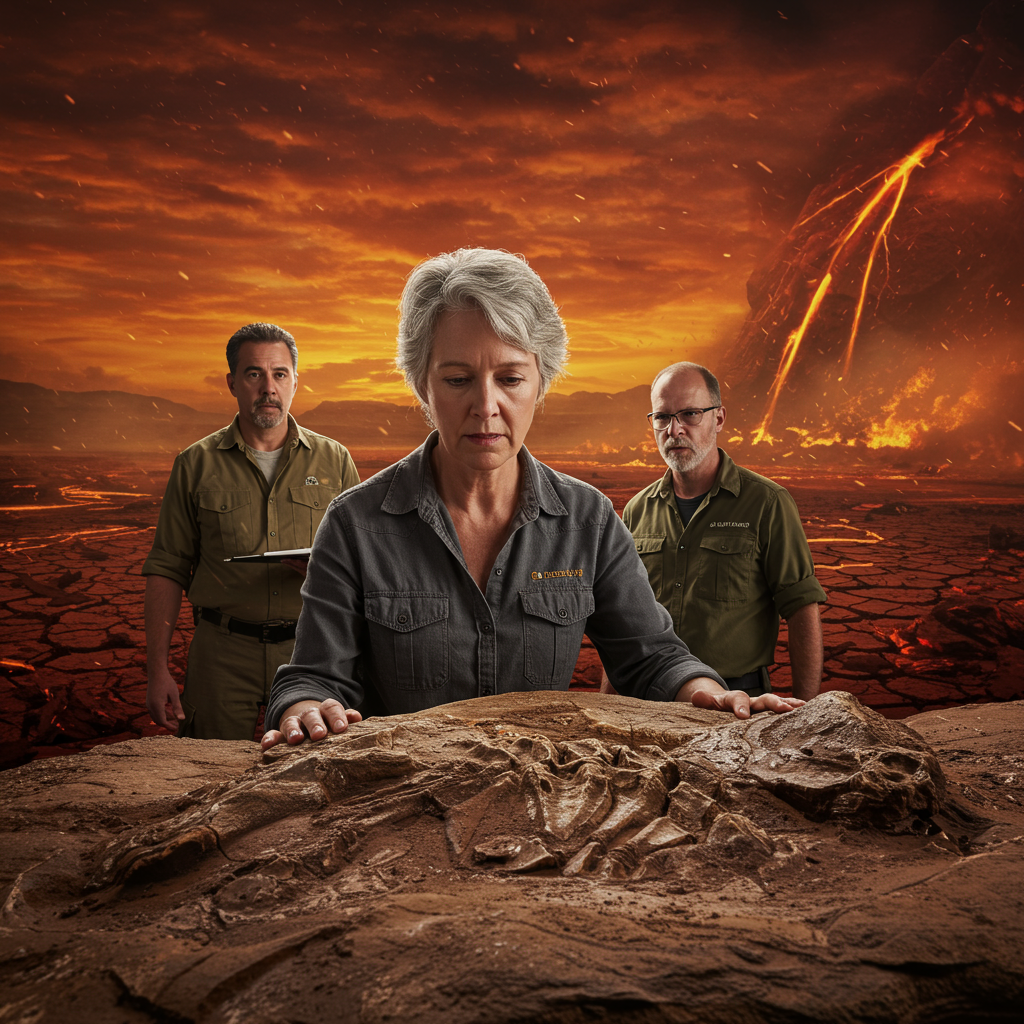Despite recent severe thunderstorm warnings across East-Central Florida, SpaceX successfully launched a Falcon 9 rocket from Cape Canaveral space Force Station. The mission, which occurred on Saturday, June 28, at 12:26 a.m., deployed 27 Starlink broadband satellites into low-Earth orbit. This launch highlights the resilience of space operations in a region known for challenging weather, demonstrating the ability of launch teams to find crucial windows amidst turbulent conditions.
Florida’s Space Coast is a vital hub for global space activity. Its location is strategically chosen for optimal launch performance. Being close to the equator provides rockets with an extra boost from Earth’s rotation, saving fuel and reducing costs. Furthermore, launching eastward over the Atlantic Ocean provides a critical safety corridor. This minimizes risk to populated areas should a vehicle experience an anomaly shortly after liftoff. However, this geographical advantage comes with significant weather challenges, particularly lightning and tropical systems.
Navigating Florida’s Complex Launch Weather
Florida is frequently referred to as the lightning capital of the United States. Thunderstorms are a common occurrence, especially during the summer months. These electrical storms pose a direct threat to sensitive launch vehicles and ground infrastructure. NASA’s Kennedy Space Center (KSC) and the adjacent Cape Canaveral Space Force Station have invested heavily in sophisticated weather monitoring and protection systems. Modern launch pads are often equipped with tall towers and wires designed to attract lightning strikes and safely divert the electrical current away from rockets awaiting launch. These systems are routinely tested, sometimes even taking strikes while a vehicle is on the pad, proving their effectiveness in safeguarding missions.
Tropical weather systems, ranging from tropical storms to major hurricanes, also present significant risks. While direct hurricane impacts on the immediate launch area are less frequent, the region is often affected by strong winds, heavy rain, and associated tornadoes. Powerful storms like Hurricane Frances in 2004 have caused substantial damage to spaceport facilities, including ripping panels off the iconic Vehicle Assembly Building (VAB). More recently, a major storm like Hurricane Milton in October 2024 prompted evacuations and caused delays for critical missions, including the return of astronauts from the International Space Station (ISS) and the launch of the Europa Clipper probe. Such events underscore the profound impact severe weather can have on the launch schedule and operations.
Mission Details and Booster Legacy
For this specific Starlink mission, while severe thunderstorm warnings and special weather statements had been in effect earlier, conditions cleared sufficiently for the planned launch window. A Phase I lightning watch had been issued by NASA’s Kennedy Space Center the previous evening, providing a 30-minute warning for personnel. This watch was later terminated, nearly five and a half hours before the midnight liftoff, indicating an improving weather picture ahead of time. The Falcon 9 lifted off under clear skies with good visibility, a testament to the accurate forecasting and rapid assessment capabilities of launch teams.
The Falcon 9 first-stage booster used for this launch was on its fifth journey to space. Booster reuse is a cornerstone of SpaceX’s strategy to reduce the cost of space access. Each flight adds to the booster’s service history, demonstrating the durability and reliability of the hardware. Prior missions for this particular booster included a Commercial Resupply Services mission (CRS-32) to the ISS, two national security missions (NROL-69 and GPS III-7), and a previous Starlink deployment. Following the successful separation from the second stage, the booster executed a controlled descent. It achieved a precise landing aboard the SpaceX drone ship “A Shortfall of Gravitas,” positioned in the Atlantic Ocean. Recovering and refurbishing boosters allows for rapid turnaround and frequent launch schedules, which is essential for deploying large constellations like Starlink.
Starlink Deployment and Historical Context
The primary objective of this mission was to expand the Starlink constellation. Starlink is SpaceX’s ambitious project to provide high-speed broadband internet globally, particularly to underserved and remote areas. The system relies on a vast network of satellites operating in low-Earth orbit. Each Starlink launch adds dozens of these satellites, steadily building out the network’s capacity and coverage. The deployment of 27 satellites on this mission contributes directly to enhancing internet accessibility worldwide. The consistent pace of Starlink deployments from Florida’s Space Coast highlights its operational tempo and efficiency.
This successful launch notably coincided with the 10-year anniversary of a Falcon 9 failure from the very same geographic area. On June 28, 2015, a Falcon 9 rocket launched from what was then Cape Canaveral Air Force Station experienced an anomaly. The vehicle broke apart approximately two minutes and nineteen seconds into its flight. That mission was carrying a SpaceX Dragon capsule loaded with supplies for a NASA resupply mission to the International Space Station. The juxtaposition of a successful routine launch on the anniversary of a rare failure underscores the significant advancements and reliability improvements achieved in launch technology and procedures over the past decade. It serves as a reminder of the inherent risks in spaceflight but also the progress made.
Overseeing the operations at this busy spaceport is critical. Space Launch Delta 45 manages activities at Patrick Space Force Base and Cape Canaveral Space Force Station. Recently, Col. Brian Chatman assumed the role of installation commander and director of the Eastern Range. He is responsible for managing the world’s busiest spaceport infrastructure, operations, and support. His role also includes ensuring safety across the vast Eastern Range during launch and test missions. The successful execution of missions like this Starlink launch relies heavily on the capabilities and leadership within this command structure, ensuring that launches proceed safely and efficiently when weather and technical conditions align.
Frequently Asked Questions
What was the goal of this specific SpaceX mission?
The primary goal of this SpaceX mission was to deploy 27 Starlink satellites into low-Earth orbit. Starlink is a large satellite constellation developed by SpaceX. It is designed to provide high-speed, low-latency internet service. These missions are crucial for expanding the Starlink network’s coverage and capacity globally. Each successful launch adds more satellites to the constellation, bringing internet access to more customers, especially in areas with limited traditional broadband options.
Why is weather a major factor for rocket launches in Florida?
Florida’s geographic location near the equator makes it ideal for boosting rockets with Earth’s rotation and provides a safe trajectory over the ocean. However, this region is also prone to frequent thunderstorms, particularly during the summer months, making it the “lightning capital.” Additionally, it is susceptible to tropical storms and hurricanes. These weather phenomena, including lightning, strong winds, and heavy rain, can pose significant risks to launch vehicles, infrastructure, and personnel, often causing delays.
How did SpaceX manage to launch despite recent storms?
Despite recent severe thunderstorm warnings in the area, SpaceX and the range authorities successfully identified a window of favorable weather conditions. Launch teams closely monitor weather forecasts and use sophisticated tracking systems. While a lightning watch was in effect earlier, it was terminated several hours before liftoff. The launch proceeded under clear skies, demonstrating their ability to navigate rapidly changing conditions and utilize precise timing to launch safely between weather systems, even after turbulent conditions had passed through the region.
A Routine Success Amidst Complexity
The successful SpaceX Starlink launch from Cape Canaveral, following a period of stormy weather, serves as a compelling example of routine space operations in a complex environment. It highlights the balance between leveraging strategic geographic advantages and mitigating inherent weather risks. The consistent deployment of Starlink satellites showcases the efficiency of SpaceX’s reusable rocket technology and operational tempo. As the Space Coast continues to operate as the world’s busiest spaceport, overcoming weather challenges remains a fundamental aspect of achieving mission success and driving forward commercial and governmental space endeavors. This launch adds another data point to the impressive record of booster reuse and the ongoing expansion of global satellite internet access.
Word Count Check: 950




